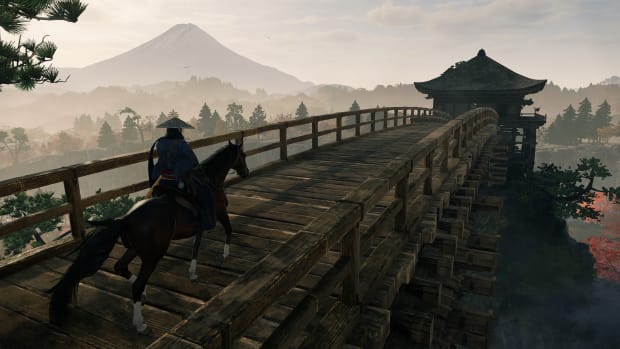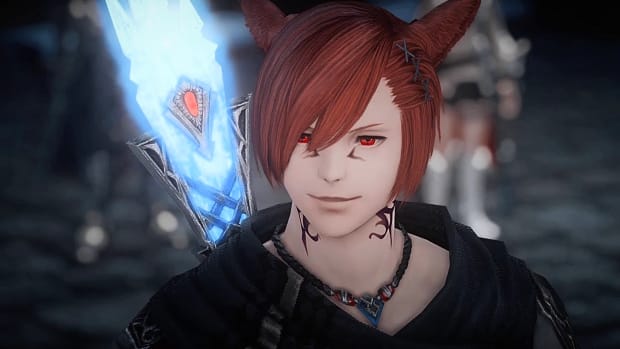Best PC settings for Avatar: Frontiers of Pandora performance
Avatar: Frontiers of Pandora is a beautiful game, and has some pretty high minimum specifications for PC players – though it doesn’t necessarily lock you out of playing. In our experience with the game it has some pretty high VRAM requirements, and the better your CPU, the more stable you can expect your performance to be.
But as long as you have DLSS or FSR3 to help smooth over your experience, even systems with some older parts can offer a great experience in Ubisoft’s Avatar open world game. In this guide we’re breaking down our recommend settings which balance overall game performance with attractive visuals.
If you’re struggling to run Avatar: Frontiers of Pandora, make sure to check to see if our settings can help.
GLHF’s recommended PC settings for performance – Avatar
With our recommended settings we use up 8.3GB of VRAM, and you’ll want to make further cuts if your limit is 8GB VRAM or less. And even with these settings, we’ve made the cheeky decision to swap our monitor to 50hz and cap our framerate at 50fps with V-Sync set to On something you might want to consider if you’re struggling to hit a target framerate.
Graphics tab settings
Many of these settings can be dropped even lower if your machine is struggling to hit a stable framerate, and luckily, hovering over each option gives you a pretty great idea of what it can do.
- Motion Blur: On (set to off if you can achieve 60fps minimum)
- Depth of Field: High
- Shadow Quality: Medium
- Sun Contact Shadows: Low
- Spot Shadows: Medium
- Spot Shadows Resolution: Medium
- Shadow Proxies: On (this degrades quality of all shadows, but saves on performance)
- Specular Reflection: Medium
- Diffuse Reflections: Medium
- Environment Reflection Quality: High
- Volumetric Clouds: Medium
- Volumetric Fog: Low (looking directly at moving lit fog can impact performance)
- Extra Streaming Distance: 5
- Object Detail: 13
- BVH Quality: High
- Microdetail Quality: High
- Particle Detail: High
- Scatter Density: Medium
- Dither Fade: On
- Spotlight Projection Resolution: 256
- Destruction Quality: High
- Terrain Tessellation: High
Video tab settings
This is where the biggest impact is made. If you’re aiming for above 60fps and have a high-framerate VRR monitor, then FSR3’s frame generation might be exactly what you’re looking for, as it can provide a huge boost to framerate. As of our testing, however, it does fluctuate fairly rapidly, providing a mixed experience. FSR is a solid choice for AMD cards, but Nvidia owners should swap to DLSS. So your choice of Temporal Upscaler really depends on your system and what it can achieve.
Again, I decided to aim for a stable 50fps on my machine where I’m not using a VRR display, and used balanced DLSS at 1080p ultrawide resolution. This worked great for my specific use case and system, but your experience will vary. If you are struggling to run Avatar: Frontiers of Pandora though, ensure you’re using the Performance settings on your Scaling Quality, and don’t be afraid to drop the settings in the Graphics tab.




